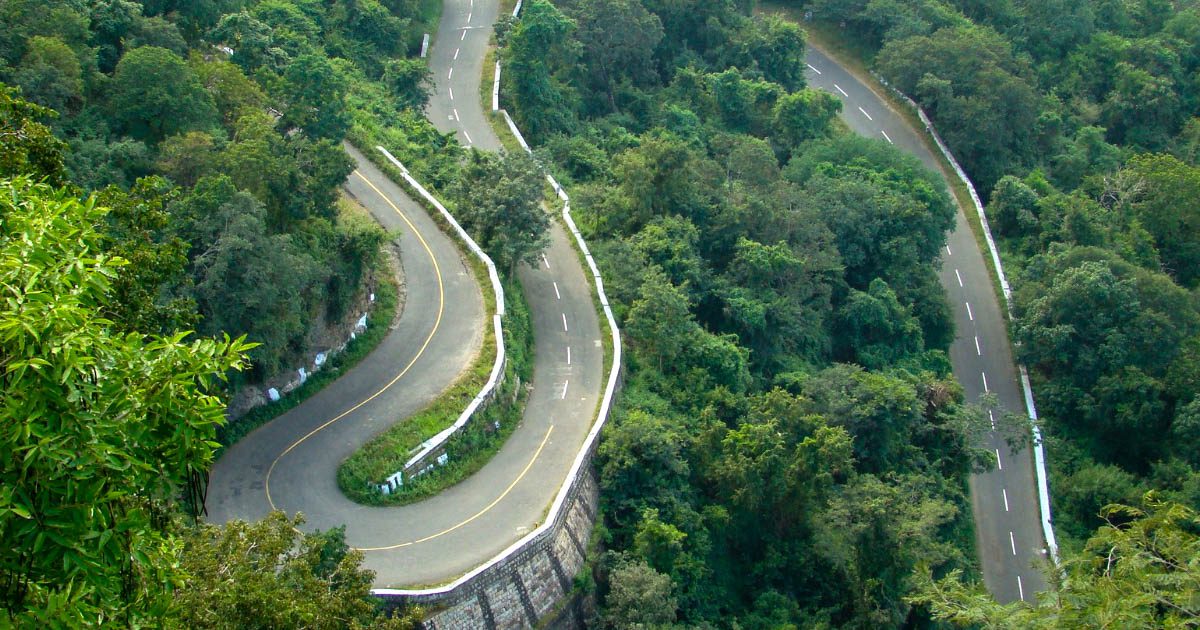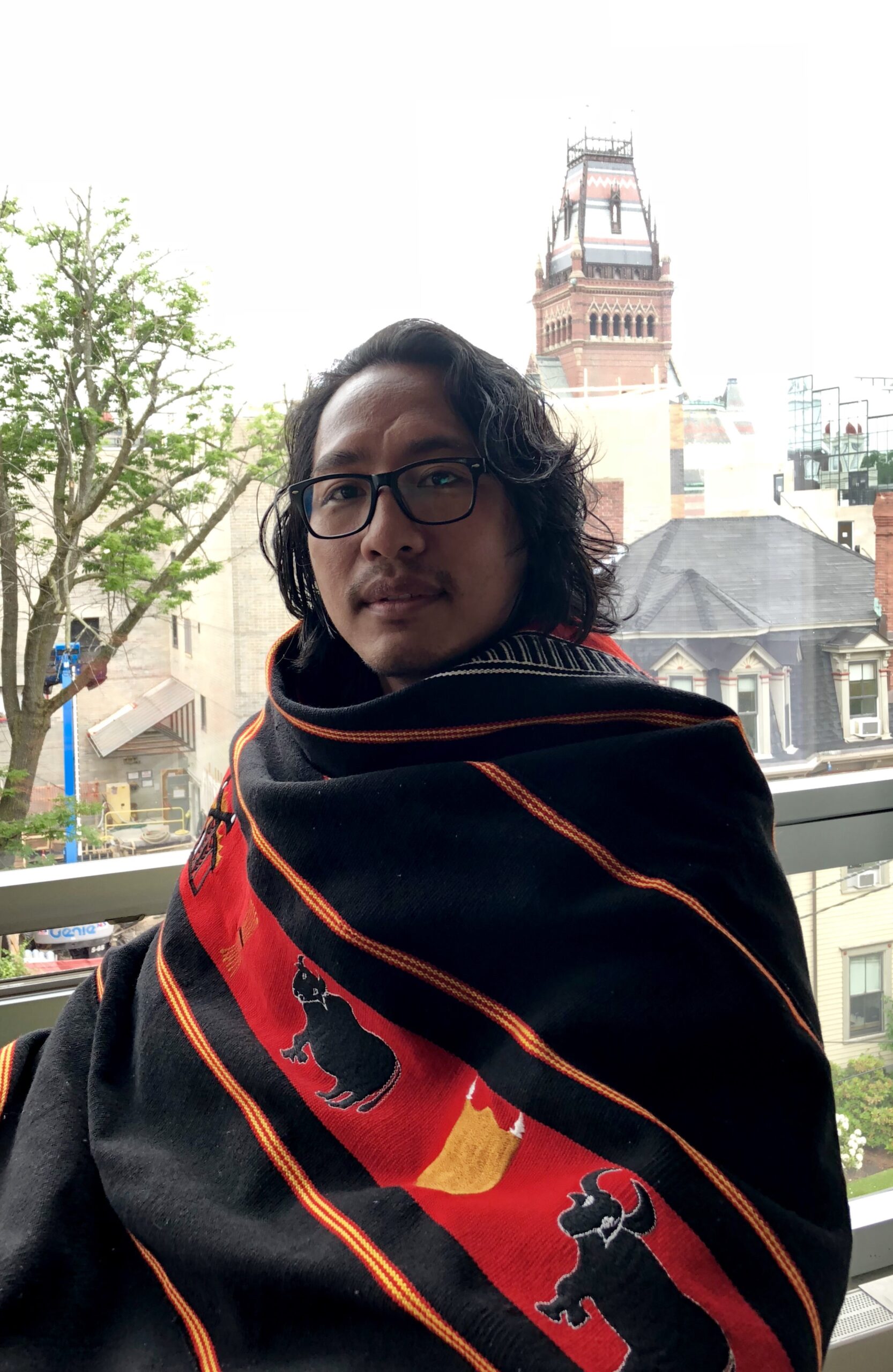
The eight northeastern states of India assume significance due to their geopolitical location (at the tri-junction of south, east, and southeast Asia), ecological resources, and cultural diversities. The North Eastern Region Vision 2020, a key policy guideline by the government for the development of the northeast region, defines infrastructural development as its core strategy.
We spoke with Raile Rocky Ziipao, a multidisciplinary researcher, development practitioner, and former Raghunathan Family Fellow at the Mittal Institute. He is currently tenured at the Central University of Punjab, and has recently published a book entitled “Infrastructure of Injustice: State and Politics in Manipur and Northeast India.”
Raile’s research delves into the dynamics of infrastructural development in northeast India, especially in his home state of Manipur, from a socio-anthropological perspective. Raile shares how infrastructural development can become a means to enable trade, create markets, and dilute the boundaries between varied ethnic groups to connect people.

Raile Rocky Ziipao
What is the focus of your book, Infrastructure of Injustice: State and Politics in Manipur in North East India?
The book is inspired by my field work in social realities stemming from Manipur, a state in northeast India that is marred by chronic social conflict, manipulations of ethnicity, and poverty of infrastructure. The book primarily deals with the question of how one could unravel these underlying realities and their impact on infrastructure. There are multiple ways of seeing or approaching infrastructure. If you are an economist or urban planner, you will examine it through the lens of availability, accessibility, economic returns of infrastructure, and future of investment. I approach this phenomenon of infrastructure from a socio-anthropological perspective, examining the materiality, aesthetics, and politics of infrastructure in the conflict-ridden regions through a rich and new theoretical lens. My argument is that infrastructure development has always been an act of power, which at different times has been leveraged to facilitate smooth relationships, connect or disconnect people, enable trade, create spaces of contestation, and dilute boundaries between varied ethnic communities.
How do unequal power relations of various ethnic communities lead to social unrest and structural inequalities in Manipur?
Manipur is a very interesting state in this regard. The social realities stemming from Manipur produce various cross-cutting issues. Geographically, the state has both hills and valleys, leading to a hill-valley divide that continues to be a marker of identity, politics, and level of development. Tribes predominantly inhabit the hills, whereas non-tribes inhabit the valleys. Within Manipur state, for decades, there has been an institutionalized mechanism of exploitation, discrimination, and denial of agency to the tribes in various forms. Besides the indifference of the Indian state, the dominant communities within Manipur are also guilty of such practices against the tribes. The wide variation in infrastructure development between hills and valley districts is also a serious concern — this uneven development has led to contestation and discontentment among various ethnic groups in the state.
It is also interesting to note that the North Eastern Council produced the District Infrastructure Index for all the districts in this region, wherein they came up with taking the total of 80 districts. For instance, Imphal East district in Manipur came out on top, whereas the Chandel district in Manipur was ranked 78th. In order to understand the reasoning behind these structural disparities between districts of the same region, one has to examine them in terms of power relations and political decision-making.
Can you elaborate on the role of imperial infrastructure policy in northeast India?
It is imperative to historicize the politico-legal framework of how colonial policy of building infrastructural projects in northeast India bred injustice. What we call northeast India today, prior to India’s independence had consisted of Assam province, Assam tribal areas, Manipur state, Tripura state, and the Khasi state. Within the province of Assam, British India created various administrative categories, like normal areas, partially excluded areas, and excluded areas. Infrastructure facilities in these three categories differ significantly. Tribal-dominated regions, by default, are either grouped under partially excluded areas or excluded areas.
Wherever it suited British Indian commercial and military interests, British India extended roads to outline tribal territories. However, they hardly did anything to develop the economy of the tribes. Here, it is important to note that colonialism and colonial mindset did not have any genuine interest in developing infrastructure except in cases where infrastructure extended their powers and territories.
What are the impediments to road infrastructure in northeast India?
Roads are key in a landlocked region like northeast India. They are often the most viable mode of physical connectivity, transportation, and services, and are the building blocks of social relations. Often, roads and national highways in northeast India are politicized to the extent that it involves blocking of highways, bans, or what is commonly called an economic blockade in the state of Manipur. Almost every ethnic community in the state has resorted to the strategy of highway blockade to voice demands and political aspirations.
Moreover, roads are political paths, which means the development of roads is intertwined with the extraction of natural resources and political control. My research examines both contemporary and historical road development projects in tribal areas. I look for connection in legacies of colonialism to India’s development approach. Roads for territorial expulsion and resource extraction were the core agenda of the colonial project. The postcolonial Indian state, on the other hand, builds roads in the region to secure borders, promote regional integration, and link external markets.
How can infrastructural injustice be addressed in northeast India?
I don’t have a straightforward answer to this, but one way to address this question of infrastructure in northeast India is by addressing the historical injustice meted out to the tribes by the state and dominant communities, or what the tribal intellectual collective in India call “development with justice.” I think this is one way to address the question of infrastructural injustice, more so when the infrastructure building involves participation and contribution of local communities. It can be applied to various aspects. For instance, the locals of Tamenglong district in Manipur have constructed 100 kilometers of roads without any support from the state. This is the kind of infrastructure that is completely in tune with the ethos of the tribe.
What are the other areas of research that you are currently pursuing or would like to pursue?
Presently, I am working on Indo-Myanmar borderlands. For my field work, I went to the Indo-Myanmar border and traveled for nearly 10 hours via bike, because the roads are not fit for motor vehicles. I visited and worked at a village called Pangsha. This village is located in Tuensung District of Nagaland, and on the other side of the border is the village Longwa of Mon District. These border villages interestingly have an international trade center — but an international center without any roads. Another interesting thing is that in Longwa, the international boundary line passes through the middle of the village chief’s house, making it so that he dines in Myanmar and sleeps in India. It is worth noting that international boundaries were strong from the colonial imaginary role, and these were reinforced by the post-independence India and the member nation states. Consequently, the elements of contestation between the tribal society and the state are more prominent than contestation between the nation states.
———————
☆ All opinions expressed by our interview subjects are their own and do not reflect the views of the Mittal Institute and its staff.
